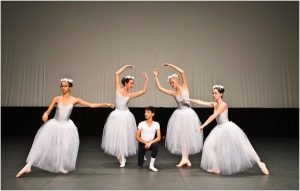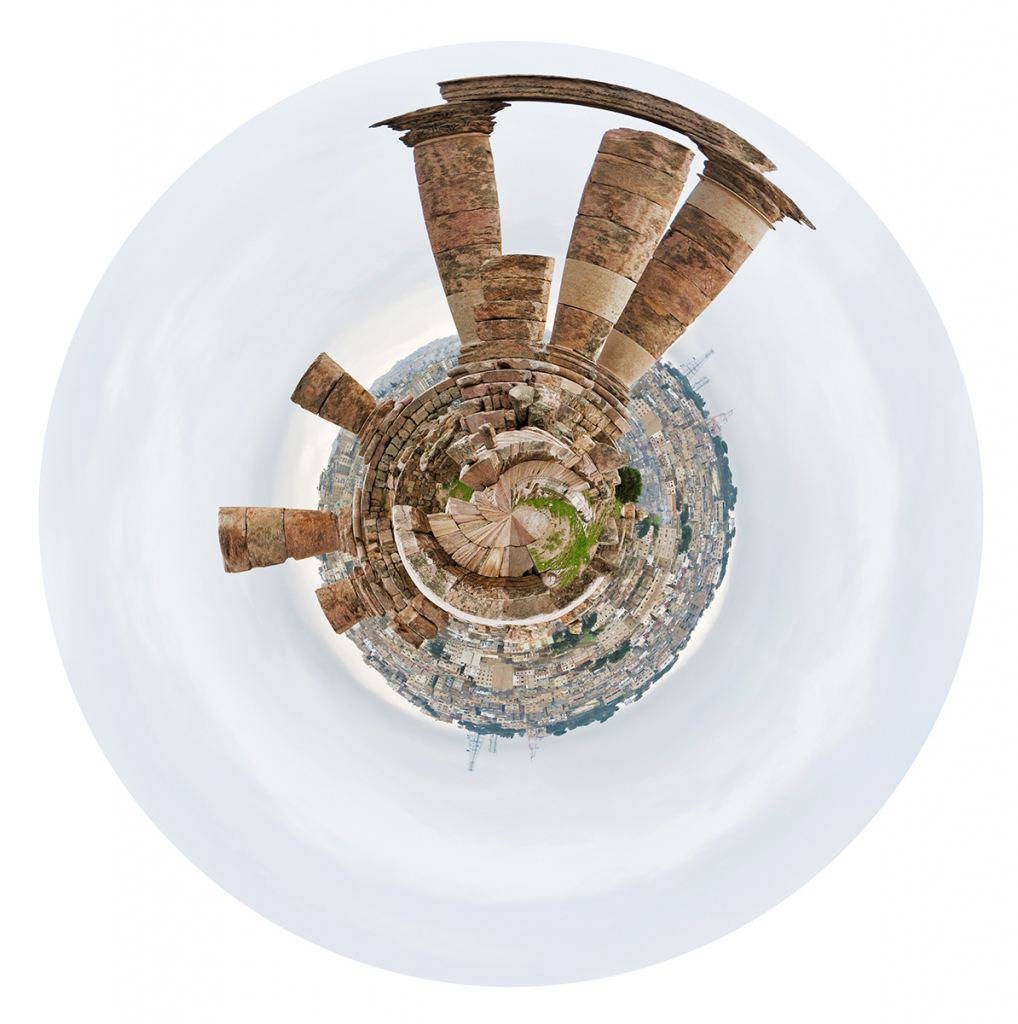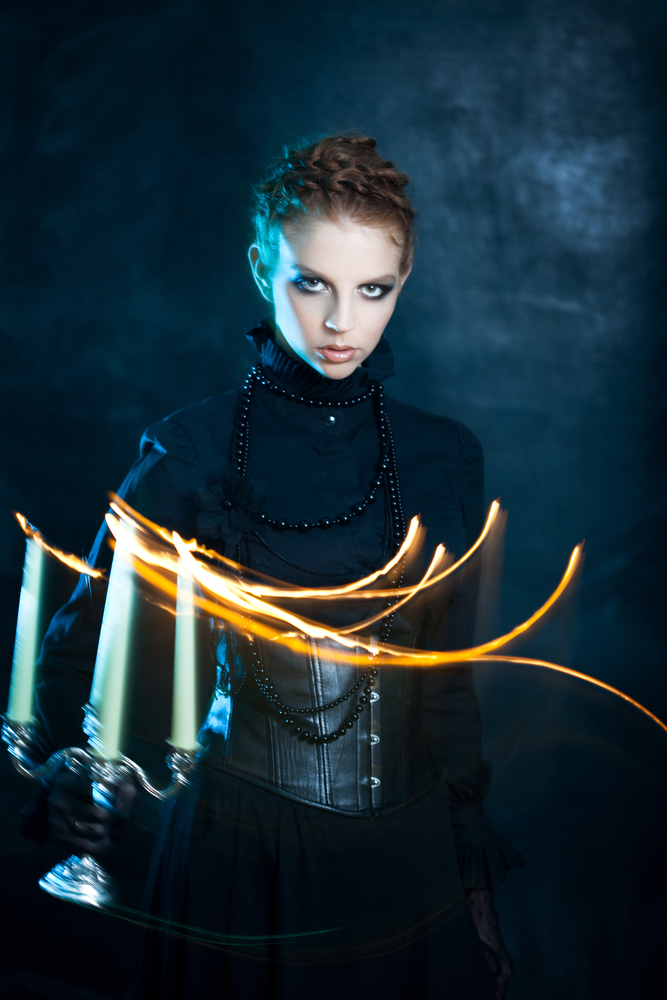HOW TO REMOVE DANCE REPRESENTATIONS IN THEATER?
 For many photographers, shooting inside the theater can be a problem. Just because the only thing that the photographer can control is the camera. You will encounter a whole series of difficulties, for example, with poor lighting, dancers moving with great speed, the need to differently and re-configure the camera during the show due to contrasting lighting changes, the prohibition on using flash, and restricting your movements in the theater during the show.
For many photographers, shooting inside the theater can be a problem. Just because the only thing that the photographer can control is the camera. You will encounter a whole series of difficulties, for example, with poor lighting, dancers moving with great speed, the need to differently and re-configure the camera during the show due to contrasting lighting changes, the prohibition on using flash, and restricting your movements in the theater during the show.
Some of the points below may be irrelevant or unavailable to you if you attend the show as a public, since the article is intended for the case when you are invited by the organizers as a photographer to the event.
The instruction for all professional photographers before taking pictures is to understand the ground for work and know what to expect. This can be done when visiting a location (if allowed) or searching other photographs on the Internet in the same place to study the appearance of the theater and the situation in general.
It is advisable to attend the dress rehearsal before the performance (usually the photographer can do it for free), if possible. So you will not only familiarize yourself with the theater, but also learn what artists will perform and what is the sequence of the performance scenes. You will be better prepared to find out which shots are best to make, and where you should be at what point in order to be ready for such a shoot. Take advantage of this opportunity and talk with the organizer about which places are reserved for the photographer or which ones you prefer. Seats for shooting will be discussed further in the technical section.
The location of the survey reflects the quality of the work you will be doing on the mission. Most theaters can accommodate hundreds or even thousands of spectators at different heights. You will be very convenient if you can sit at ground level, in several rows from the stage, right in the middle. The following are explanations of some of the problems you may encounter in different places.
On the balcony
Cons: too far from the scene, the shooting angle is not perpendicular to the dancers.
First row of seats
Cons: too close to the scene.
Side seat
Cons: the shooting angle is not perpendicular to the dancers, there are too many distractions in the photographs (sometimes you can see the dancers backstage before going on stage).
The ideal place to shoot the show will be at ground level, a few rows from the stage, right in the middle.
Type of equipment required
With this in mind, you can find out what equipment you need for shooting.
Flash
how to photograph in the theater
Since most presentations do not allow the flash to be used during a show, you can not turn it on during the show, but still carry it around (you can use it for group photography at the end of the show). The use of LED lighting is also suitable for shooting after the show.
Camera
In such difficult conditions, a camera capable of operating with high ISO values without undue noise is preferable. Photographer Ray Toh, whose images are presented in the article, usually uses the Canon 5D Mark II, as well as the Sony 7R for such tasks.
Lenses
The most important piece of equipment you need after understanding all of the above is the right lens for shooting in the theater. It is recommended to use a zoom lens to be able to reach the scene in the frame and get close-ups of the dancers. A lens with the ability to widely open the aperture is preferable in low light conditions. Read more about this in the next section. The above photographer usually has 70-200 mm f / 2.8 for Canon and 16-35 mm f / 2.8 for Sony 7R for wide-angle shooting.
Tripod / Monopod
This is an interesting topic, since in most theaters it is prohibited to mount a tripod, only if approved by the organizers. If you are given a sitting place for shooting, it will be rather difficult to control a tripod, and legroom will be limited. You can use monopod for such tasks to save your energy and nerves.


